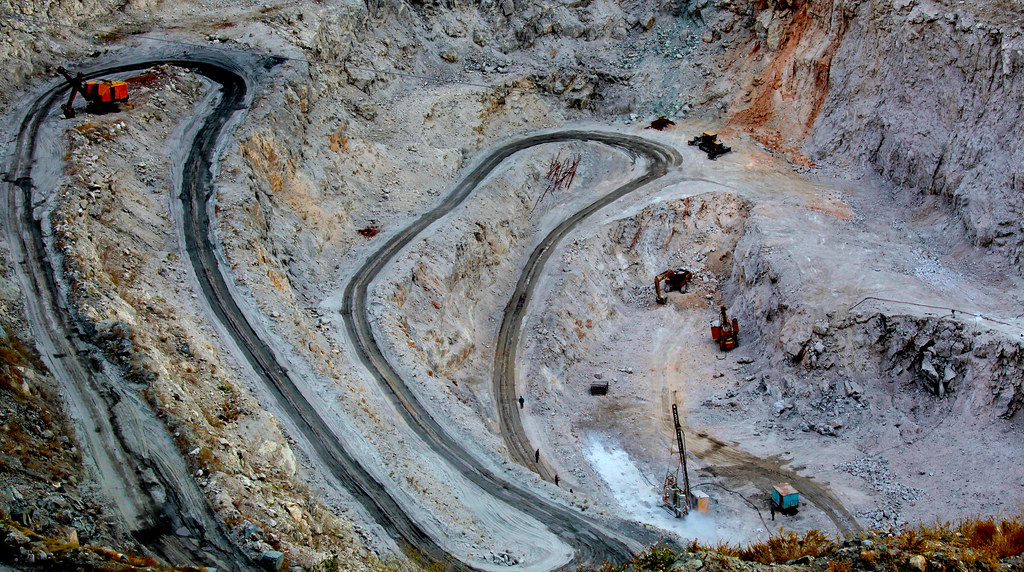There’s growing support for more repairable electronics, especially at the European level. But we’re still waiting for ambitious policies, because the environmental urgency grows by the day.
From the extraction and manufacturing stages which can represent up to 72% of a small device’s climate impact even before it reaches the consumer to electronic waste being the fastest growing waste stream in the world, there’s no doubt that our gadgets and household appliances leave a considerable footprint on the planet.
On this new edition of Earth Day, aimed at raising awareness about the environment worldwide, we’d like to highlight the elements that can be found in all of our electronic devices yet most of us aren’t familiar with: rare earth minerals.
Not so rare after all:
Rare earths are a group of 17 metals usually found together in nature. Despite the name, they are relatively common but known as « rare » because it is very unusual to find them in a pure form and their mining can be expensive and environmentally damaging.
They’re an essential component of mobile phones, computers and many other everyday devices, but are also found in many green technologies – from wind turbines to electric vehicles. The annual demand for rare earth metals doubled to 125,000 tonnes in 15 years, and the demand is projected to reach 315,000 tonnes in 2030, driven by increasing uptake in green technologies and advancing electronics. This is creating enormous pressure on global production.
Currently, China is the world’s largest producer of REEs, accounting for over 60% of global annual production but rare earth can also be found in South East Asia, North America, Australia and some African and South American countries. Reserves can even be found in Europe.
Mining with consequences:
Rare earth metals are currently extracted through mining with impacts often invisible to us.
Indeed, mining processes require a lot of environmental management and there is a high cost associated with this, so companies think it makes more economic sense for this to occur in regions outside of Europe.
It’s also costly, time consuming and inefficient because extracting a very small amount of rare earth metals requires large areas to be mined.
Use of acid and chemicals in mining processes can threaten the health of nearby communities as well as local environment and biodiversity. During the extraction process, large masses of fresh water are required leading to water scarcity and sometimes, salinisation of the neighbouring lands.
Moreover, the vast majority of these critical raw materials cannot be recycled effectively – many have nearly insignificant rates of recycling. Recyclers are constantly playing catch-up to an ever-faster cycle of new products, new materials and new technologies – having to invent new techniques and business models for processing dead devices.
To find out more about the mining of rare earth and the impacts on the planet of electronics, take a look at matterialsmatter.eu
Geopolitical minerals:
Rare earths can also be a cause of political tension. In 2019, China threatened to restrict its supply during its trade war with the US. More recently, the parliamentary elections in Greenland cast into doubt the future of one of the world’s richest uranium and rare earth minerals deposits.
The Kvanefjeld mine project would have seen a large mining complex built in the south of the island to dig for uranium as well as rare earth metals where estimates say the largest deposit of rare-earth metals outside China could be found.
The previously ruling social democratic Siumut party was in favour of the mine for economic reasons. The left-leaning and environmentalist Inuit Ataqatigiit (IA) party claimed uranium mining could harm the local environment already under pressure because of climate change. It’s unclear what stance it will take on rare earths mining, and what might occur with the project.
As the demand for critical raw materials including rare earths continues to increase with every new product bought, we need to be able to extend the lifespan of our devices. This will also buy us time to improve recycling rates of these materials. And longer-lasting devices are our only chance of mitigating their climate impacts but also the 50 million tonnes of e-waste produced every year.
For this, we need the #RightToRepair.

